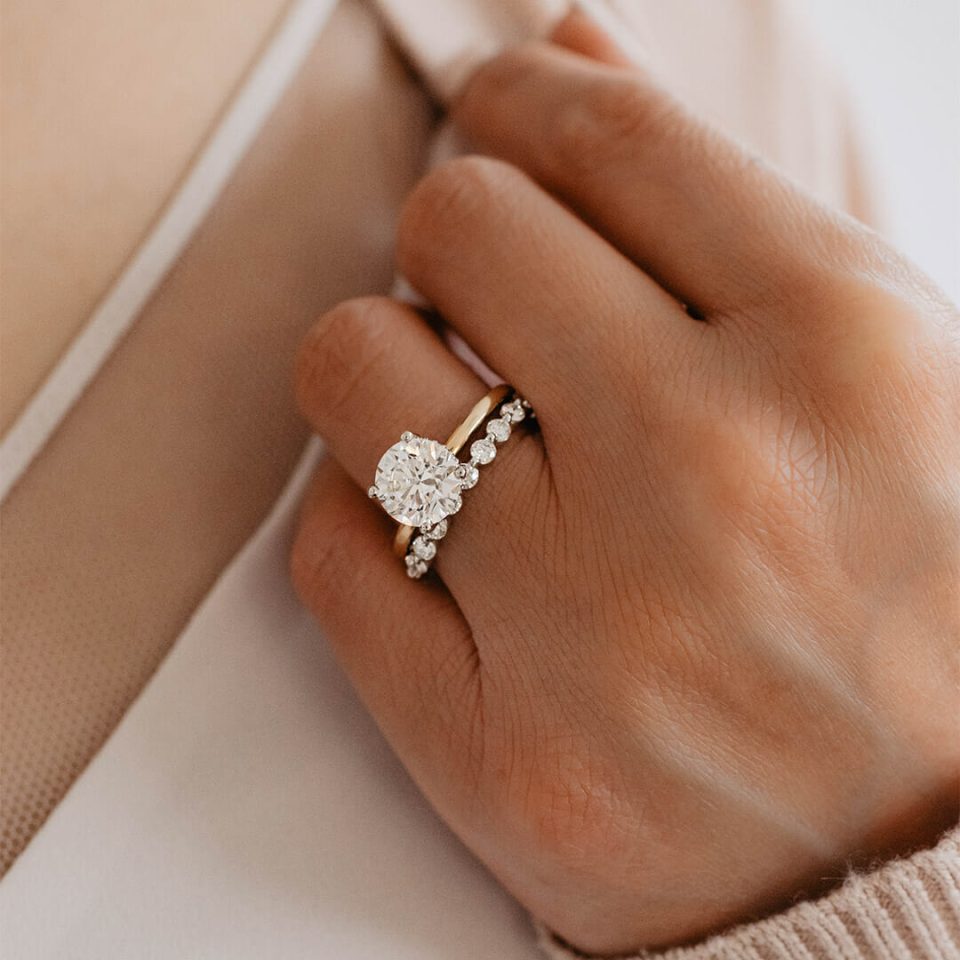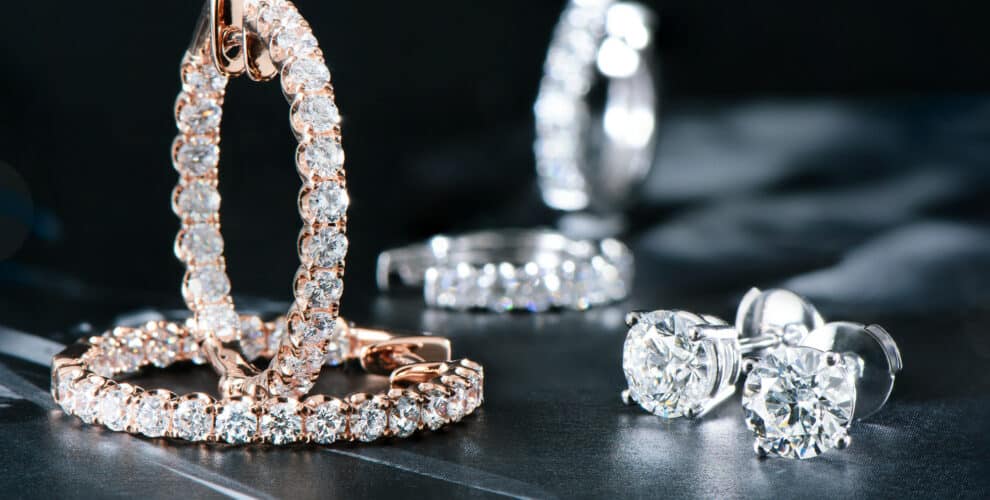In recent years, the demand for wwF and lab diamonds has surged, transforming the jewelry landscape. As consumers become increasingly conscious of environmental and ethical concerns, organizations like the World Wildlife Fund (WWF) play a pivotal role in promoting sustainability in the diamond industry. This article explores the intricate relationship between WWF initiatives and the growing popularity of lab diamonds, underscoring how these two elements contribute to a more sustainable future.
Understanding Lab Diamonds
Lab diamonds, also known as synthetic diamonds or man-made diamonds, are created in controlled environments using advanced technology. Unlike mined diamonds, which involve significant ecological disruption, lab diamonds offer a more sustainable alternative. They are chemically, physically, and optically identical to natural diamonds, ensuring that consumers do not compromise on quality or beauty.
The Process of Creating Lab Diamonds
Lab diamonds are produced through two primary methods: High Pressure High Temperature (HPHT) and Chemical Vapor Deposition (CVD).
HPHT replicates the natural diamond formation process by mimicking the extreme pressure and temperature conditions found deep within the Earth’s mantle. This method produces diamonds that can exhibit unique characteristics, often desirable for specific applications.
CVD, on the other hand, involves the deposition of carbon atoms onto a substrate, gradually building up a diamond crystal. This technique allows for the production of larger diamonds while maintaining control over the diamond’s quality and clarity.
Both methods ensure that lab diamonds maintain the same brilliance and fire as their natural counterparts, making them an attractive option for consumers seeking ethical choices.
WWF’s Role in Promoting Sustainability
The WWF is a global leader in conservation efforts, advocating for environmental protection and sustainable practices across various industries, including mining and jewelry. Their initiatives aim to reduce the ecological footprint of diamond sourcing and promote ethical consumerism.
Conservation of Biodiversity
Mined diamonds often contribute to habitat destruction and biodiversity loss. The WWF works tirelessly to safeguard these ecosystems by promoting responsible sourcing practices. By supporting lab diamonds, consumers can indirectly aid in preserving these vital habitats, as lab diamonds do not require extensive land use or ecological disruption.
Educating Consumers
One of the WWF’s significant roles is to educate consumers about the environmental impact of their purchasing decisions. Through various campaigns and resources, the organization highlights the advantages of choosing lab diamonds over traditional mined options. By raising awareness, the WWF empowers consumers to make informed choices that align with their values.
The Environmental Benefits of Lab Diamonds
Choosing lab diamonds over mined diamonds comes with numerous environmental benefits.
Reduced Carbon Footprint
The carbon footprint associated with mining diamonds is substantial. From land degradation to increased greenhouse gas emissions, traditional diamond mining is a significant environmental concern. In contrast, lab diamonds require far less energy and natural resources to produce. By opting for lab-grown alternatives, consumers can substantially reduce their carbon footprint.
Water Conservation
Water is a critical resource often depleted in the mining process. Significant quantities of water are required for diamond extraction and processing, leading to potential shortages in surrounding communities. Lab diamond production, however, uses considerably less water, preserving this essential resource for other purposes.
Ethical Considerations: Conflict-Free Assurance
The issue of conflict diamonds—stones mined in war zones and sold to finance armed conflict—has plagued the diamond industry for decades. The WWF, along with various other organizations, advocates for transparent sourcing and the ethical treatment of workers in the diamond supply chain.
Lab Diamonds as a Conflict-Free Alternative
Lab diamonds inherently avoid the ethical dilemmas associated with mined diamonds. Since they are created in controlled environments, they do not contribute to conflicts or human rights abuses. This aspect appeals to socially conscious consumers who prioritize ethical considerations in their purchasing decisions.
The Market Dynamics: Lab Diamonds vs. Mined Diamonds
The rise of lab diamonds has led to a significant shift in consumer preferences. As the technology behind lab-grown diamonds advances and becomes more accessible, we see a notable change in market dynamics.
Affordability and Accessibility
Lab diamonds are often more affordable than their mined counterparts. This affordability stems from reduced production costs and lower overhead associated with lab environments. As consumers become more price-sensitive, the appeal of lab diamonds grows, making luxury jewelry accessible to a broader audience.
Consumer Trends
Recent studies indicate a shift in consumer behavior, with younger generations prioritizing sustainability and ethical considerations over traditional luxury. Brands that align their offerings with these values, such as those focusing on lab diamonds, are likely to resonate more with today’s consumers.
The Future of Lab Diamonds and WWF Initiatives
As awareness of sustainability and ethical sourcing continues to grow, the relationship between WWF initiatives and lab diamonds will likely strengthen.
Innovations in Lab Diamond Technology
Technological advancements in lab diamond production will further enhance their appeal. Innovations aimed at improving quality, size, and the variety of cuts available will attract more consumers seeking unique and beautiful jewelry pieces.
Collaborative Efforts for Greater Impact
Collaboration between the WWF and jewelers focusing on lab diamonds can lead to more impactful initiatives. By partnering with brands committed to sustainability, the WWF can amplify its message and promote a broader shift toward ethical consumerism in the jewelry market.
Conclusion
The intersection of WWF initiatives and the lab diamond industry heralds a new era in sustainable luxury. As consumers increasingly prioritize ethical choices, lab diamonds emerge as a leading alternative to traditional mined stones. By supporting lab diamonds, we contribute to environmental conservation, promote ethical practices, and embrace a future where luxury and sustainability coexist harmoniously. In this evolving landscape, lab diamonds represent not just a smart purchase, but a step towards a more sustainable and ethical world.








More Stories
The Rise of Lab Grown Diamond Jewellery: A Modern Sparkle
The Rise of Lab Grown Diamond Wedding Bands
Lab Diamonds vs. Real Diamonds: What’s the Difference?